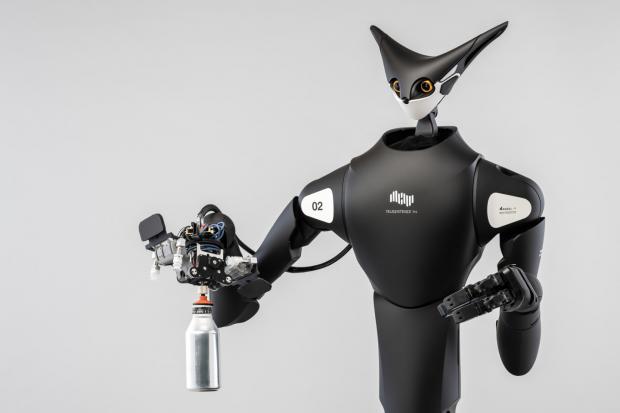
Breaking News
 Windows 10 is DEAD in 2025? -- Here's How I Run It SAFELY Forever (No Updates)
Windows 10 is DEAD in 2025? -- Here's How I Run It SAFELY Forever (No Updates)
 GENIUS ACT TRIGGERED: The Biggest BANK RUN in History is COMING – Prepare NOW
GENIUS ACT TRIGGERED: The Biggest BANK RUN in History is COMING – Prepare NOW
 European Billionaires Funneled $2 Billion into NGO Network to Fund Anti-Trump Protest Machine
European Billionaires Funneled $2 Billion into NGO Network to Fund Anti-Trump Protest Machine
 Japan Confirms Over 600,000 Citizens Killed by COVID mRNA 'Vaccines'
Japan Confirms Over 600,000 Citizens Killed by COVID mRNA 'Vaccines'
Top Tech News
 HUGE 32kWh LiFePO4 DIY Battery w/ 628Ah Cells! 90 Minute Build
HUGE 32kWh LiFePO4 DIY Battery w/ 628Ah Cells! 90 Minute Build
 What Has Bitcoin Become 17 Years After Satoshi Nakamoto Published The Whitepaper?
What Has Bitcoin Become 17 Years After Satoshi Nakamoto Published The Whitepaper?
 Japan just injected artificial blood into a human. No blood type needed. No refrigeration.
Japan just injected artificial blood into a human. No blood type needed. No refrigeration.
 The 6 Best LLM Tools To Run Models Locally
The 6 Best LLM Tools To Run Models Locally
 Testing My First Sodium-Ion Solar Battery
Testing My First Sodium-Ion Solar Battery
 A man once paralyzed from the waist down now stands on his own, not with machines or wires,...
A man once paralyzed from the waist down now stands on his own, not with machines or wires,...
 Review: Thumb-sized thermal camera turns your phone into a smart tool
Review: Thumb-sized thermal camera turns your phone into a smart tool
 Army To Bring Nuclear Microreactors To Its Bases By 2028
Army To Bring Nuclear Microreactors To Its Bases By 2028
 Nissan Says It's On Track For Solid-State Batteries That Double EV Range By 2028
Nissan Says It's On Track For Solid-State Batteries That Double EV Range By 2028
VR-controlled robot shelf-stacker starts shift in Japanese stores

Now they're getting a bit more hands-on thanks to Japanese company Telexistence, which has begun trials in convenience stores of a robot shelf-stacker that can be controlled by a human via VR.
The Model T (yes, it's named after the classic Ford car) looks like the most mundane Gundam ever. It's basically a robot torso mounted to a waist-high platform, restocking shelves in a store with its two articulating arms and complex hands.
But it doesn't need to be particularly artificially intelligent to do this. The Model T is directly controlled by a human using a stock-standard VR setup from anywhere in the world that has an internet connection.
The robot's joints have 22 degrees of freedom, giving it a pretty wide range of movement without requiring much more space than a human would need. Telexistence also says the video connection between the robot and the human operator has a latency of 50 milliseconds, so it should be smooth-controlling.
That said, in the video it does look like pretty slow going, with the robot timidly restocking bottles of drinks at a pace that would get a regular human worker called to the manager's office. Still, maybe the human operator was unfamiliar with the tech and was just being a bit overly cautious.
It's a little hard to see what advantages the robot has over a human employee, but Telexistence says that it could allow staff to work from home – crucial in our current age of social distancing – and recruit workers from basically anywhere.

 Carbon based computers that run on iron
Carbon based computers that run on iron

